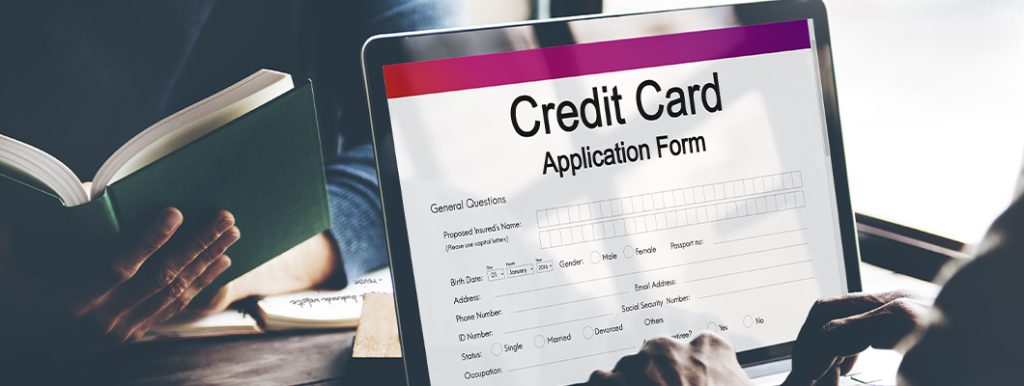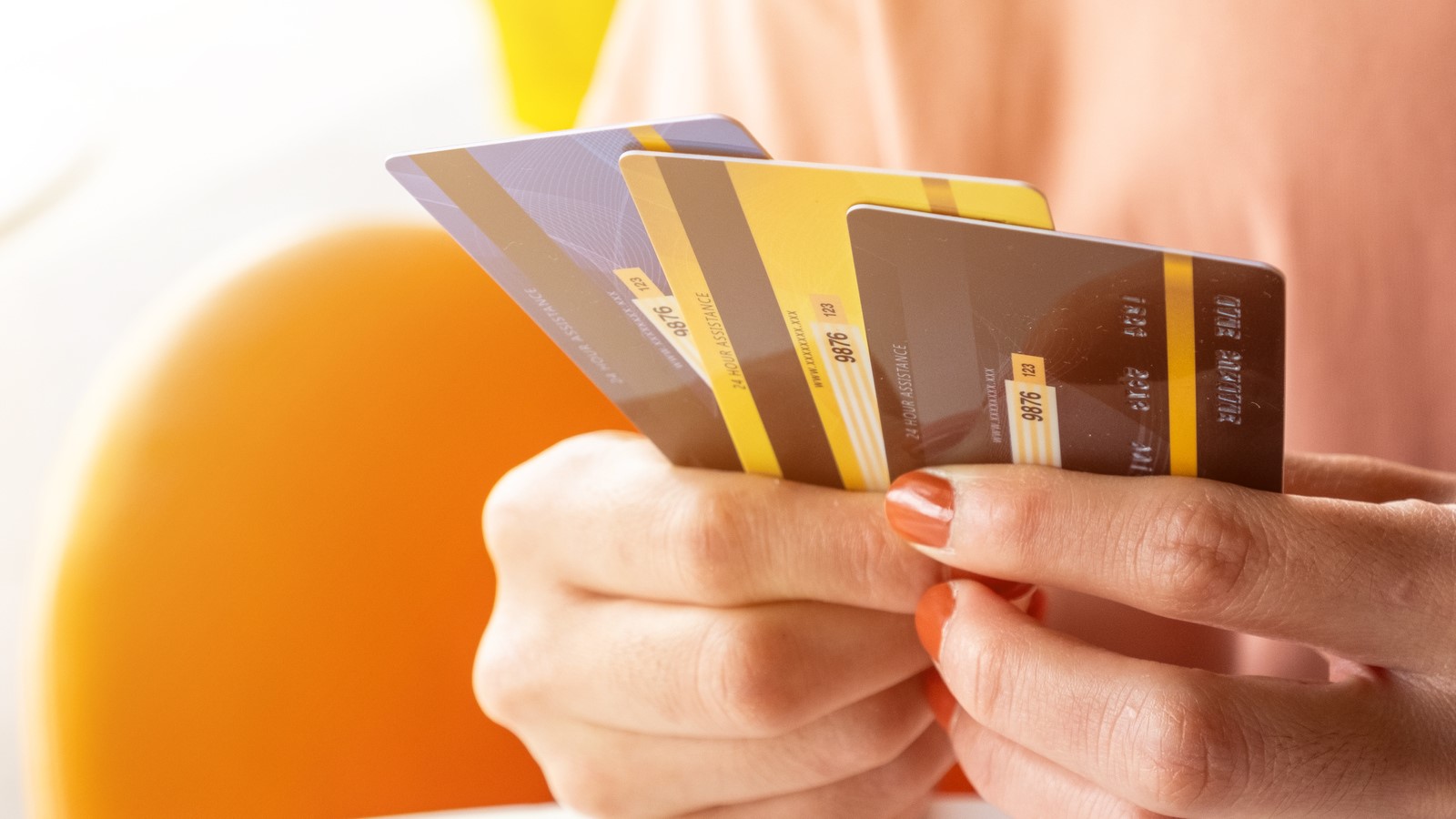Key Approaches to Protect Against Payment Fraud
Fraud involving payment cards is widespread, and the financial losses are considerable. Personal information theft is taking individuals’ info to impersonate them. Wrongdoers use some deceptive methods to obtain private data. They ask for the information. Card skimming is when thieves steal card information. They use special devices at ATMs or stores. Fraud without physical cards occurs over the internet or phone. Improper action or misuse is the result of unauthorized access to an account. To protect oneself, check the accounts often. Use strong passwords. Be cautious about phishing. Secure the device. To defend oneself, use different passwords. Enable two-factor authentication. Check the credit report. Inspect ATMs and gas pumps. Avoid sharing personal information. One can minimize information theft by staying vigilant. Follow the steps above to protect personal information during the credit card application process.
Protecting Personal Information Effectively
Safeguard personal details to avoid misuse and fraud. Intruders steal sensitive data. This causes unexpected actions, financial loss, stress, and reputational harm. Protecting this information requires strong, unique passwords. It also requires avoiding phishing, monitoring accounts for unauthorized transactions, and securing Wi-Fi. Other measures are to shred documents, be discreet on social media, and use privacy settings. Using a VPN, enabling 2FA, and avoiding scams provide extra protection. Also, stay updated on threats. They all reduce the risk of identity theft and personal data being compromised.
Revealing personal details online can be dangerous. Common risks include unauthorized data access, deceptive messages, and digital intrusions. To protect yourself, use strong passwords, avoid dubious communications, secure your internet connection, check your accounts regularly, and enable extra security measures.

Tips for Secure Online Shopping
With the rise of online shopping, it must protect against cyber threats. Always shop on secure websites, confirmed by a URL starting with “https” and a padlock symbol. Use strong passwords for each account. Consider a password manager. Enable two-factor authentication. Avoid public Wi-Fi. Use a VPN. Watch for phishing. Verify links. Don’t react to suspicious messages. Use credit cards, not debit cards. Check statements. Use trusted websites. Check reviews. Update antivirus, firewalls, and software. Avoid social media scams. Download apps from trusted sources.
Regular Account Monitoring Essentials
Monitor accounts frequently. This helps avoid unauthorized actions and protect identity. Timely identification prevents harm. Monitoring also helps keep account information accurate and supports effective budgeting. Monitor accounts. Consistently review account statements for any unexpected or unauthorized activity. Set up activity alerts. Use online banking and mobile apps to monitor balances. Check the annual credit reports for fraud. Immediately report any suspicious activity. Use strong, unique passwords. Enable two-factor authentication. Be alert for phishing. Review social media privacy settings. Use antivirus and firewall software. Be careful on public Wi-Fi and use VPNs.
Immediate Actions After Fraud Detection
Act fast to limit the damage. Contact your card issuer. Report fraud. Have the card cancelled. Dispute unauthorized charges. File a report with your local police. Notify the appropriate consumer protection agency. Get free credit reports. Consider a credit monitoring service. Change passwords and be wary of phishing attempts. Keep a log of fraudulent charges. Investigations take time. Place a credit freeze. Be cautious of unsolicited contacts.

